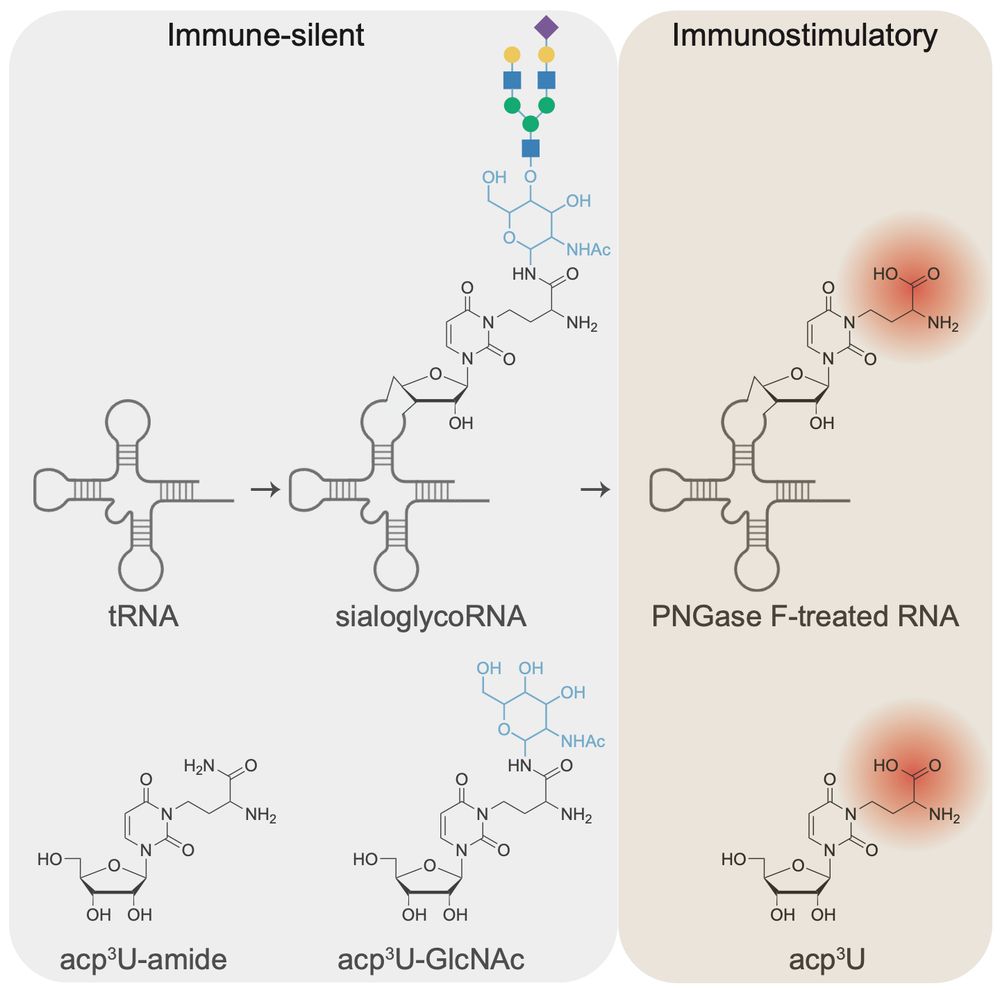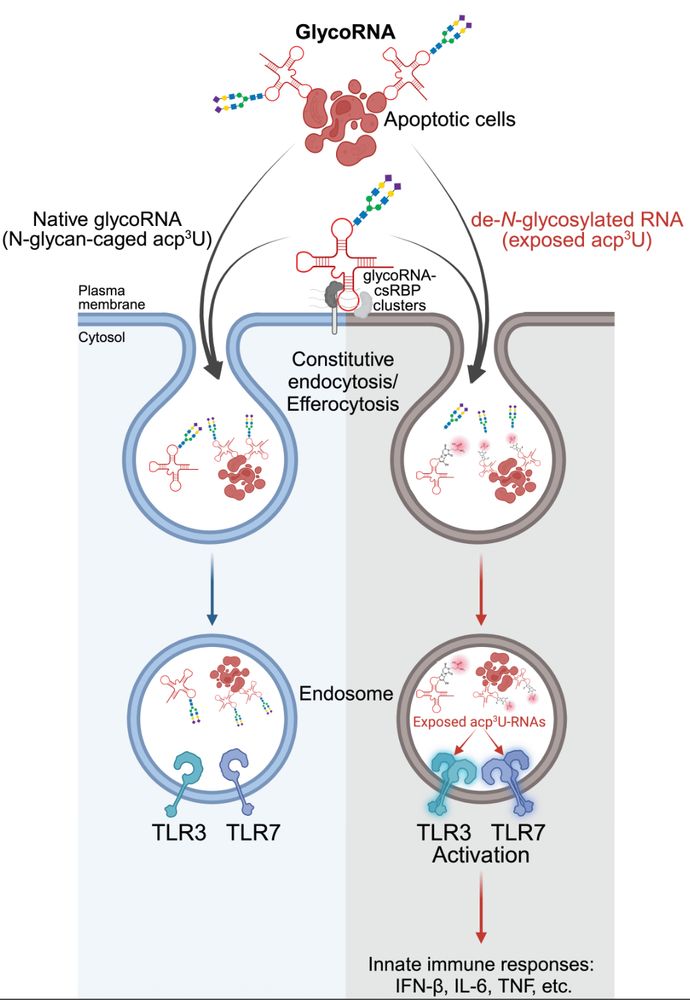Vincent Graziano
@vinnieviruses.bsky.social
140 followers
500 following
19 posts
UConn Health PhD candidate - Rathinam Lab | Former postgrad in the Wilen Lab at Yale | RNA is life | Pizza is a love language
Posts
Media
Videos
Starter Packs
Reposted by Vincent Graziano
Reposted by Vincent Graziano
Reposted by Vincent Graziano
SfG
@sfglycobiology.bsky.social
· Aug 13
Reposted by Vincent Graziano
Reposted by Vincent Graziano
Reposted by Vincent Graziano
Reposted by Vincent Graziano
















